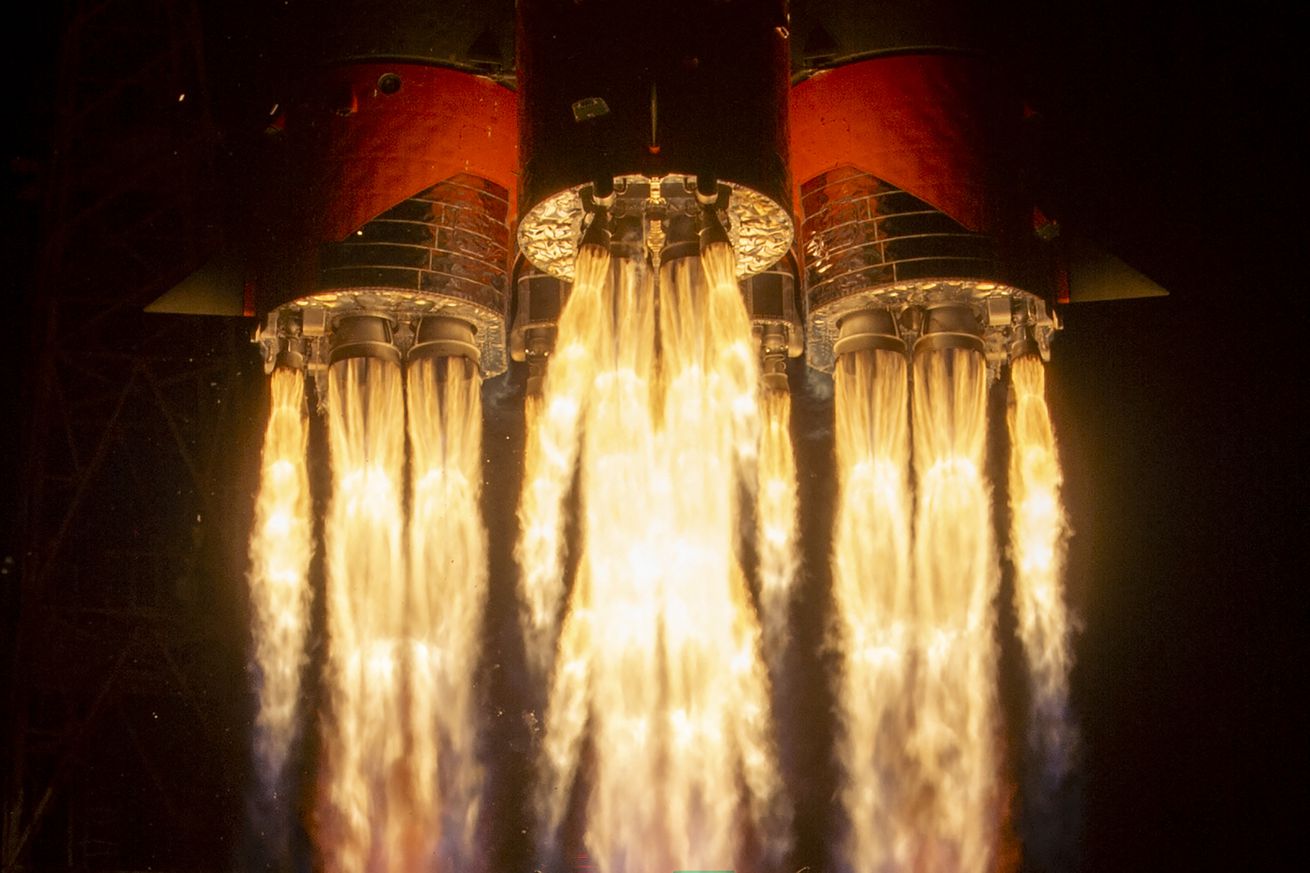
Russia plans to launch new Soyuz spacecraft to replace a leaky one docked at the ISS
A Russian Soyuz spacecraft docked to the International Space Station (ISS) began leaking coolant early last month, leading to concerns about whether the vehicle would be safe to transport ISS crew members back to Earth.
NASA and Russian space agency Roscosmos have now announced they will be sending a replacement spacecraft for NASA astronaut Frank Rubio and Roscosmos cosmonauts Sergey Prokopyev and Dmitry Petelin in which to travel home. A SpaceX Crew Dragon is also available as a contingency option should it be required.
Roscosmos will send a replacement Soyuz called MS-23 to the ISS, launching on February 20th so it can be used to return the astronauts to Earth. This mission had been scheduled to launch in March carrying new crew members, but it will now launch earlier and with no crew.
NASA is referring to the new Soyuz as a replacement vehicle, not a rescue, and is emphasizing that the space station crew is safe. “We’re not calling it a rescue Soyuz. Right now, the crew is safe aboard the space station,” Joel Montalbano, International Space Station program manager at NASA’s Johnson Space Center in Houston, said in a briefing. “There’s no immediate need for the crew to come home today. All the systems are operating.”
An image of the damage to the docked Soyuz was obtained using the space station’s robotic arm, showing that there is a hole through the Soyuz radiator as well as the pipe supplying coolant. With coolant from the system having leaked out, it would be dangerous to fly in the vehicle as the temperatures could reach high levels during a return journey to Earth.
“The main problem to land the current Soyuz with the crew would be thermal conditions because we lost heat rejection capability on Soyuz,” Sergei Krikalev, Human Space Flight Programs executive director at Roscosmos, explained in the briefing. Between the body heat of crew members, heat generated by equipment, and the heat caused by friction as the vehicle travels through the atmosphere, the temperatures in the crew and equipment compartments could reach unsafe levels.
When the new Soyuz arrives at the space station, equipment will be moved from the old vehicle to the new one. Then the new Soyuz will be used to bring the crew back to Earth, and the old Soyuz will be landed as usual but without crew so it can be checked for damage and its effects on performance.
“The returning Soyuz will be taking some temperature measurements to measure how the vehicle does in this scenario, such that if we ever had a need in the future, we have some additional data,” Montalbano said. “So we’re going to fully use this vehicle all the way until it lands back on Earth.”
There is also a possibility of SpaceX using its currently docked Crew-5 Crew Dragon vehicle as a backup to return astronauts to Earth if necessary. NASA says it is in contact with SpaceX regarding the situation, but this is a contingency plan only and should not be necessary if the crew can travel on the new Soyuz.
As for the cause of the leak, Krikalev said that their investigation revealed it was not caused by a technological or manufacturing issue. This had been a concern as this was not the first time a Soyuz had leaked while docked to the ISS — a similar Soyuz leak occurred in 2018. At the time, Roscosmos rather bizarrely claimed that the leak could have been caused by sabotage drilling rather than a manufacturing defect.
Many observers originally thought the latest leak could have been caused by a micrometeoroid impact, particularly as it occurred around the time of the Geminid meteor shower when Earth passes through a field of debris in its orbit. A micrometeoroid strike still seems the most likely explanation for the damage, with Krikalev announcing that experiments showed similar damage caused by a particle around 1mm in diameter and traveling at 7 kilometers per second. However, this impact was unrelated to the meteor shower as the hole is in a different location from the direction the Geminids come from.
NASA says it will announce the precise dates for the next few months of planned flights in the next weeks.

